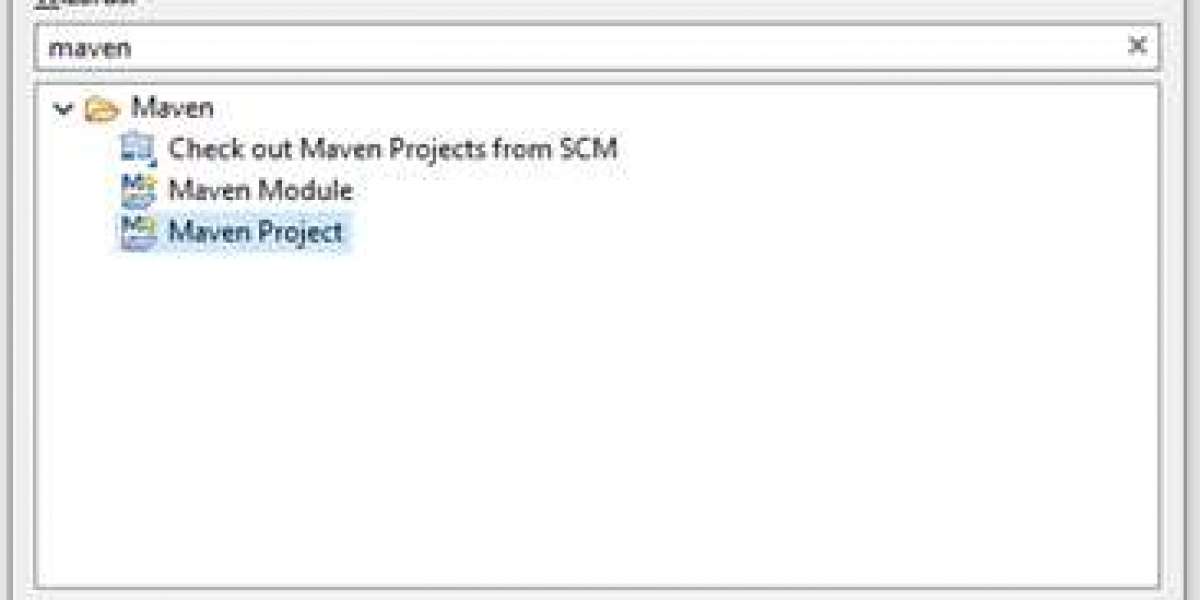Anxiety in the workplace is a growing concern, fueled by the high demands, tight deadlines, and increasing expectations of modern professional environments. The pressure to succeed, maintain productivity, and manage interpersonal relationships can take a toll on mental health, leading to job-related anxiety and burnout. These mental health challenges not only affect individual well-being but also hinder overall workplace productivity and morale. To mitigate these effects, it is crucial to explore strategies that help manage stress, prevent burnout, and promote mental well-being.
Understanding Workplace Anxiety
Workplace anxiety refers to the feelings of fear, worry, or nervousness related to job performance, job security, interpersonal interactions, or the general work environment. It often manifests in symptoms such as restlessness, difficulty concentrating, increased heart rate, and irritability. Job-related anxiety can arise from various factors, including excessive workloads, unclear expectations, lack of control over tasks, poor work-life balance, or a hostile work environment.
One of the major causes of anxiety at work is the pressure to perform at consistently high levels. Employees often feel compelled to meet unrealistic expectations, fearing judgment or even job loss if they fail. The result is a constant state of stress, which can lead to chronic anxiety and, ultimately, burnout.
Recognizing Burnout
Burnout is a state of emotional, physical, and mental exhaustion caused by prolonged exposure to stressors, especially in the workplace. Individuals experiencing burnout may feel detached from their job, experience a decline in performance, and lose their sense of accomplishment. Burnout is often accompanied by feelings of hopelessness and a lack of motivation.
Unlike temporary stress, which is a natural part of life, burnout is a serious issue that can lead to long-term consequences if not addressed. It can affect an individual's physical health, leading to headaches, digestive issues, and even cardiovascular problems. Mental health is equally impacted, as burnout is often linked to depression, anxiety disorders, and sleep disturbances.
Coping Strategies for Workplace Anxiety
The key to managing workplace anxiety is identifying its triggers and developing strategies to minimize their impact. While it may be impossible to eliminate stress completely, there are several coping mechanisms that can help reduce its negative effects.
Set Realistic Goals and Expectations
One of the leading causes of anxiety in the workplace is the feeling of being overwhelmed by an unrealistic workload or expectations. Setting clear, achievable goals can help alleviate this stress. Prioritizing tasks based on urgency and importance allows individuals to focus on what matters most, reducing the pressure to accomplish everything at once. It is also important to communicate openly with supervisors about workload challenges to ensure expectations are reasonable.
Time Management Techniques
Effective time management is crucial for reducing workplace anxiety. Poor time management often leads to missed deadlines, rushed work, and increased stress. Breaking tasks into smaller, manageable segments can make them less overwhelming. Tools such as to-do lists, time-blocking techniques, and productivity apps can help employees stay organized and focused.
Incorporating short breaks into the workday is another essential time management strategy. Taking a few minutes to step away from the desk, stretch, or go for a short walk can clear the mind and restore energy, improving productivity and reducing feelings of burnout.
Practice Mindfulness and Relaxation Techniques
Mindfulness and relaxation techniques, such as deep breathing, meditation, and progressive muscle relaxation, can help alleviate anxiety by calming the nervous system. These practices encourage individuals to focus on the present moment, reducing worry about future tasks or past mistakes. Many organizations now offer mindfulness training or provide access to meditation apps as part of their employee wellness programs.
For those who struggle with constant worry, mindfulness can provide a way to break the cycle of negative thinking. By redirecting attention away from anxious thoughts and towards the present, individuals can reduce their overall stress levels and improve focus.
Promote Work-Life Balance
Maintaining a healthy work-life balance is essential for managing workplace anxiety. Overworking and constantly being "on call" through emails or other communication channels can lead to exhaustion and burnout. Setting boundaries, such as turning off work-related notifications after hours, ensures that employees have time to recharge.
Employers play a significant role in fostering a culture of work-life balance. Offering flexible work hours, promoting the use of vacation time, and respecting personal time outside of work can all contribute to lower levels of anxiety among employees.
Build a Supportive Work Environment
A positive work environment can significantly reduce job-related stress. Feeling supported bycolleagues and supervisors creates a sense of belonging and reduces feelings of isolation. Open communication, feedback loops, and recognition of achievements contribute to a healthy work culture where employees feel valued.
It’s important for organizations to address workplace toxicity and provide avenues for employees to report issues related to bullying, discrimination, or harassment. A supportive, inclusive environment can prevent workplace anxiety and promote psychological safety.
Seek Professional Help When Needed
Sometimes, workplace anxiety can become too overwhelming to manage alone. In such cases, seeking help from a mental health professional is crucial. Cognitive-behavioral therapy (CBT), for instance, has been shown to be effective in helping individuals reframe negative thoughts and develop healthier coping mechanisms. Many workplaces offer Employee Assistance Programs (EAPs) that provide access to counseling services for employees dealing with stress, anxiety, or other mental health issues.
For those experiencing burnout, professional help can provide valuable insights into how to restructure their approach to work, identify personal and professional stressors, and develop sustainable coping strategies.
Conclusion
Workplace anxiety is a common issue that affects employees across all industries, but it doesn’t have to lead to burnout. By adopting practical coping strategies such as goal-setting, mindfulness, effective time management, and fostering work-life balance, employees can better manage their stress levels. Employers also play a critical role in promoting mental well-being by creating supportive, inclusive environments and providing resources for stress management. Taking these steps can help employees maintain their mental health, improve productivity, and achieve greater satisfaction in their professional lives.








